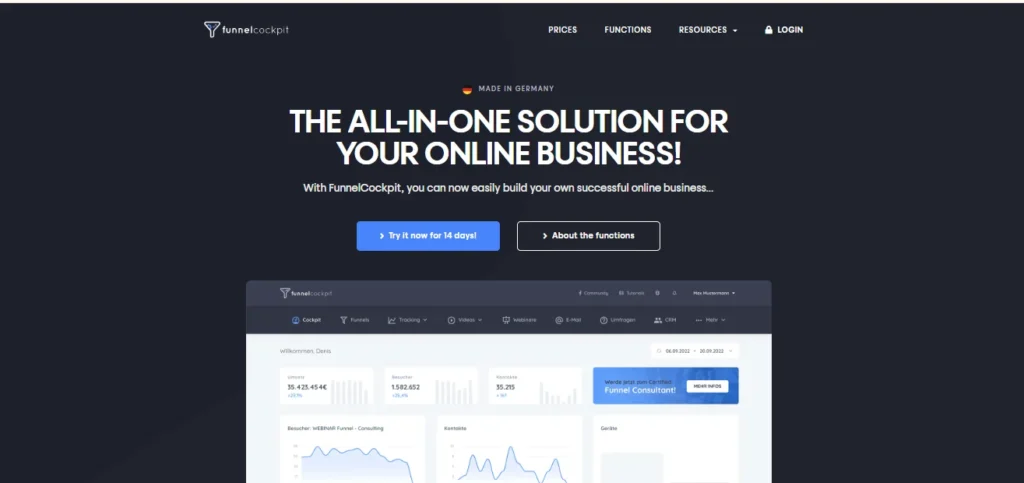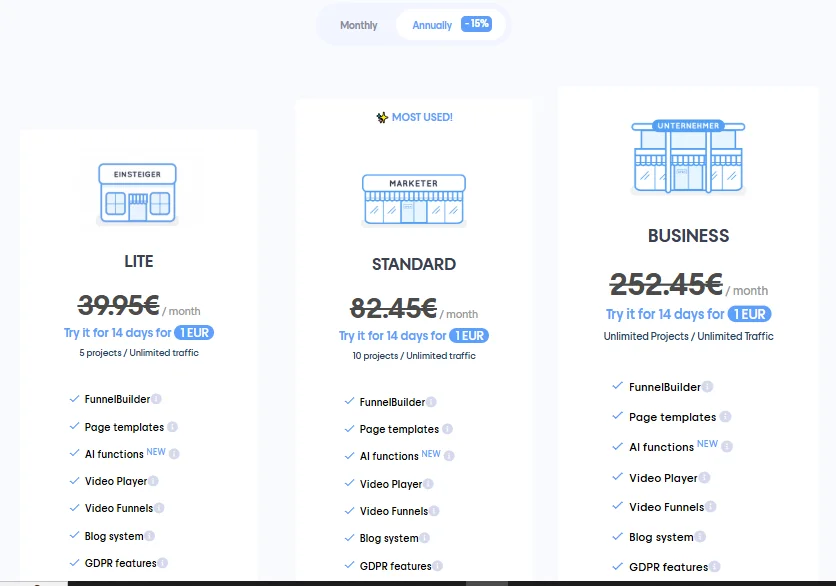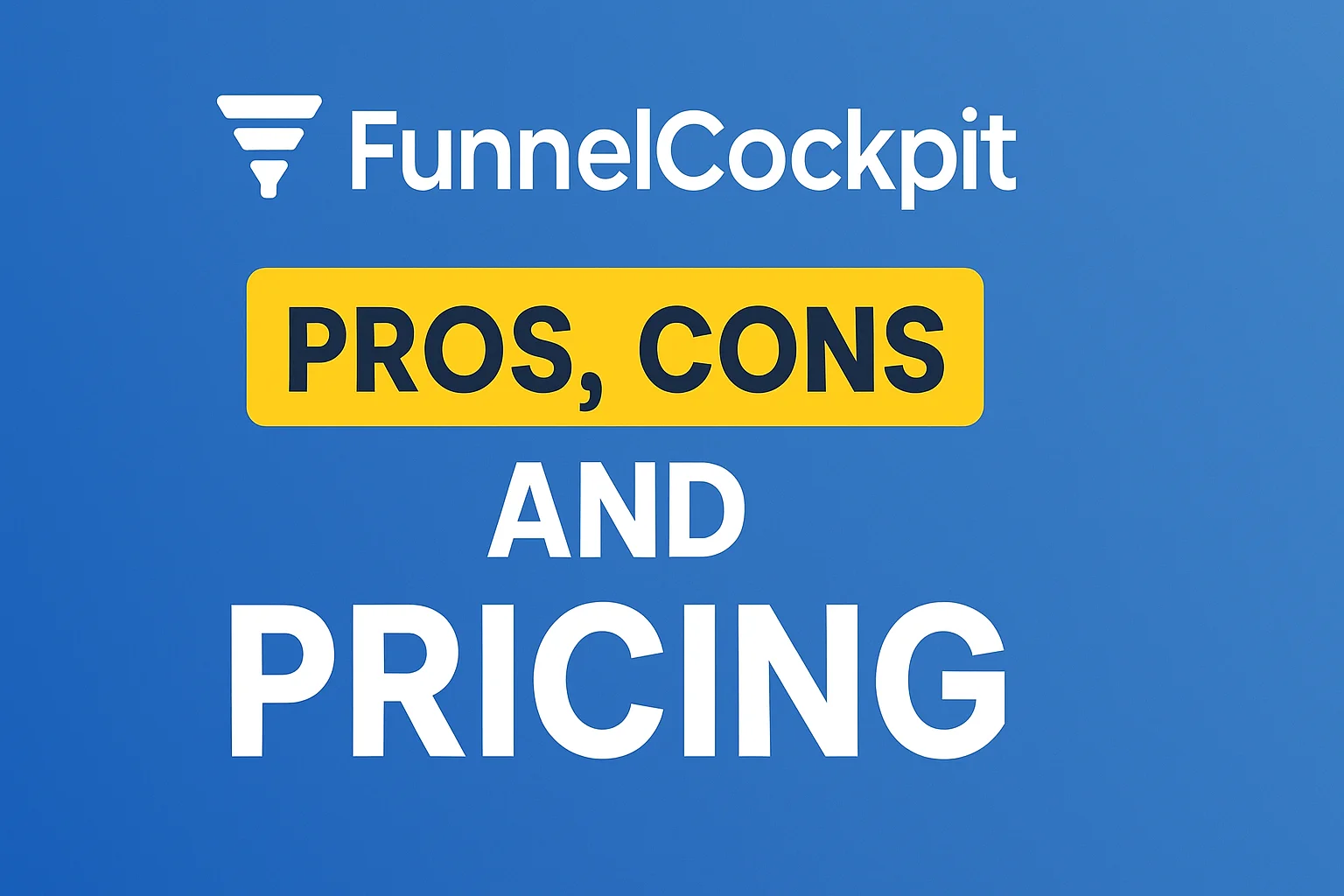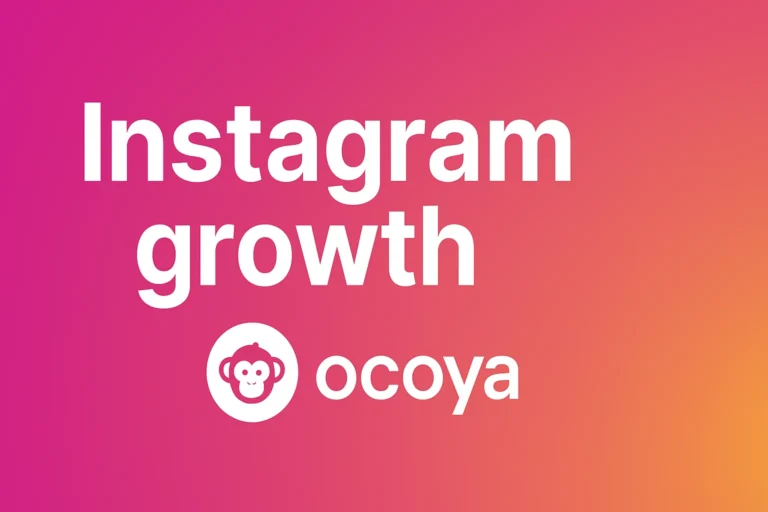FunnelCockpit has become a familiar name among funnel builders, often considered a strong choice for online marketers and business owners. Its main features include an easy-to-use builder, strong built-in analytics, and rich integrations. Marketers looking for an all-in-one tool often turn to FunnelCockpit for its solid track record in the industry.
But in 2025, how does FunnelCockpit stack up as online sales funnels and marketing automation keep changing? This review covers FunnelCockpit’s standout functions, pros, cons, and pricing to help marketers and business owners pick the right funnel software for their needs.
Key Features and Benefits of FunnelCockpit

FunnelCockpit offers a toolbox for marketers—everything from landing page creation and analytics to email marketing and user-friendly templates. These features make daily work smoother and can boost conversion rates.
Funnel Creation and Customization
Building funnels in FunnelCockpit is quick and clear. The drag-and-drop editor makes it easy to shape pages, add steps, and adjust layouts with little effort. Users can split-test pages, set up personalized flows, and fine-tune every element for higher sales, all without touching code.
The platform lets you build multi-step funnels, including opt-ins, sales pages, order forms, upsells, and thank-you pages. For 2025, new layout controls and mobile editing bring more control to each section.
Templates and Conversion Tools
FunnelCockpit’s library comes packed with proven templates designed for high conversions. These templates cover everything from webinars and lead magnets to product launches. Their call-to-action sections are bold and guide users toward the next step.
Marketers can use built-in pop-ups, countdown timers, and lead capture modules. These tools help boost urgency and gather leads while keeping the look clean and professional.
Analytics and Reporting
FunnelCockpit’s analytics go beyond simple visitor counts. Users can track conversions by page, see where visitors drop off, and monitor the value of each funnel. Reports update in real-time, show user behavior, and highlight what works (and what needs fixing).
Integration with Google Analytics and Facebook Pixel comes standard. Marketers can spot trends faster and make choices based on clear numbers, not guesswork.
Integrations with Other Marketing Tools
Most marketers don’t want to change their entire tech stack. FunnelCockpit plays well with popular tools like Mailchimp, ActiveCampaign, Zapier, and several payment gateways. This makes it easy to link your funnel with current email lists, CRMs, and payment processors.
API access allows custom links for unique use cases, while webhooks open the door to automation flows across many business apps.
User Experience and Support
FunnelCockpit’s interface stays clean and simple, even as users build complex funnels. Tooltips, guides, and in-app chat support keep users on track.
For 2025, live chat response times are faster. There’s also a growing knowledge base, training videos, and a helpful community forum. Beginners and advanced users can find the level of help they need.
Pros, Cons, and Who Should Use FunnelCockpit
All great tools have a mix of strengths and trade-offs. FunnelCockpit is no different. Its approach suits some businesses better than others.
Strengths: Where FunnelCockpit Stands Out
- Broad range of templates: Save time with industry-tailored designs.
- Straightforward editor: The drag-and-drop builder is easy for beginners but offers deep customization for pros.
- Strong analytics: Real-time funnel insights speed up testing and optimization.
- Solid integrations: Connects smoothly with payment gateways, CRMs, and email platforms.
- Responsive support: Fast help from real humans and growing community resources.
- Mobile-friendly: Funnels look good and function well on any device.
Drawbacks and Limitations to Consider
- Learning curve for complex funnels: Advanced users may need time to tap all features.
- Limited global payment options: Not every region’s gateway is supported yet.
- Template customization: Some users want even deeper template control or more original design freedom.
- Subscription pricing: No one-time fee plans—costs scale up with features and volume.
- No native webinar hosting: Some competitors offer built-in webinars, which might require extra tools here.
Ideal Users and Use Cases
FunnelCockpit is a strong fit for:
- Small to medium businesses selling digital products, coaching, or courses.
- Solo marketers and agencies wanting to build funnels fast.
- Teams needing clear analytics and integrations.
- Marketers who want simple, reliable performance without switching between different apps.
Those with highly complex sales flows, in-house dev teams, or niche international payment needs may find a better fit elsewhere.
FunnelCockpit Pricing for 2025: Plans, Value, and Comparisons
Pricing often shapes a decision as much as features. FunnelCockpit’s 2025 pricing reflects evolving needs, with new bundles and added perks.
Overview of Pricing Plans and Features
For 2025, FunnelCockpit divides its plans by features, funnel volume, and team size. Here’s a look at the three core tiers:
- LITE [$39.95/month]: 1 funnel, 2,000 contacts, basic analytics, standard templates, core integrations.
- STANDARD[$82.45/month]: 10 funnels, 10,000 contacts, advanced analytics, A/B testing, priority support, more integrations.
- BUSINESS[$252.45/month]: Unlimited funnels, 100,000+ contacts, all analytics, advanced API, white label options, team collaboration, premium support.

Annual billing options save about 20 percent compared to monthly. Larger accounts can request custom pricing.
FunnelCockpit vs Top Competitors
FunnelCockpit sits in the same price range as ClickFunnels, Kartra, and Leadpages. Let’s compare:
- ClickFunnels: Higher starting price, similar drag-and-drop focus, broader template range, webinar options.
- Kartra: All-in-one features, more automation, a steeper learning curve.
- Leadpages: Simple pages, fewer full-funnel tools, lower starter price.
- FunnelCockpit: Balances easy setup with deeper analytics, strong support, and good integrations.
Marketers who want organized funnels, clear reports, and clean design get solid value from FunnelCockpit, though those needing advanced sales automation or built-in webinars might prefer another platform.
Free Trials, Refunds, and Money-Back Guarantee
FunnelCockpit offers a 14-day free trial on all plans, giving users full access to test building, templates, and integrations.
Refunds: There’s a 30-day money-back guarantee for new customers, covering software fees. This policy gives marketers a safe way to try before they commit.
Conclusion
FunnelCockpit remains a smart pick for marketers in 2025 who need polished sales funnels with built-in analytics and reliable support. Its strong templates, easy editor, and straight integration with key marketing tools save time and keep campaigns running smoothly.
Small businesses, consultants, and course creators will find it flexible for lead capture, launches, and online sales. Marketers needing advanced automation or deep design freedom may want to compare options, but FunnelCockpit delivers solid value for most needs at a fair price.
FunnelCockpit stands out as a top funnel builder for marketers seeking a balanced mix of features and usability in 2025. Test the free trial to see if it fits your next campaign.
related posts
- Best Free Sales Funnel Builder Compared: Which One Is Right for You?.
- Systeme.io Review 2025 – Is It the Best All-in-One Tool for Beginners?
- How to Create a Landing Page in Systeme.io







Pingback: FunnelCockpit vs ClickFunnels: Which Sales Funnel Builder Wins in 2025? - pasivemarketer
Pingback: FunnelCockpit vs systeme.io: Which All-in-One Marketing Platform Fits You Best? - pasivemarketer
Pingback: FunnelCockpit Review 2025: Honest & Powerful Review, Pros & Cons, and Who It’s For - pasivemarketer